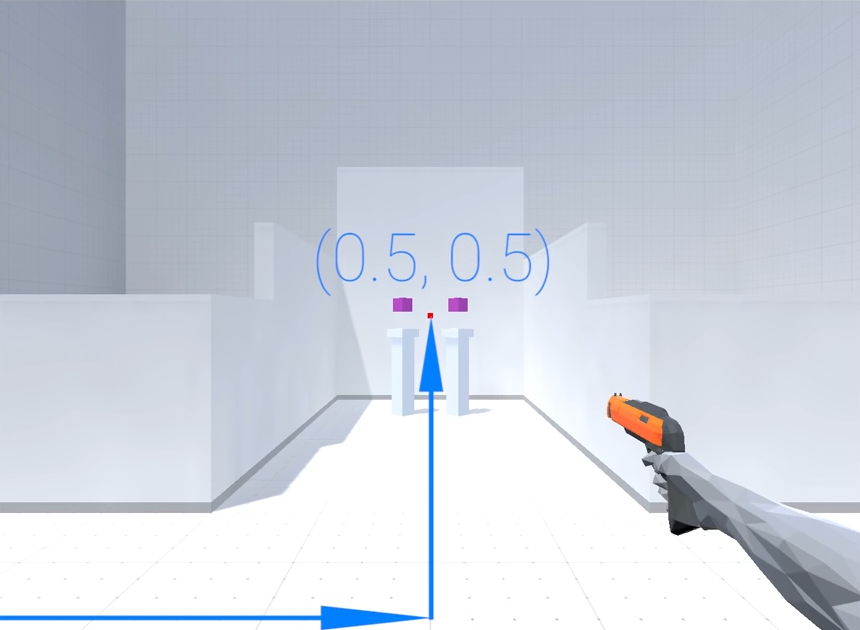

These have a different syntax and the two raycasting systems are not intercompatible. Variants of the 3D Raycasts and its alternatives can be used when your using Unity’s 2D Physics system. This functions identically to a Raycast however instead of expecting an origin and direction and LineCast expects two points and detects if an object is between those two points. CapsuleCastĬapsuleCast projects a capsule along a ray and can be useful for detecting things like potential player movement. BoxCastīoxcast projects a box along the ray and allow you to test if a box may move without colliding with an object. This has a few uses but one of the most common is in the development of third person cameras to prevent them from clipping into level geometry and ensure they behave more cleanly in tight corners. SphereCast projects a sphere along a ray effectively allowing your raycast to have a radius around itself when detecting objects. These function similarly to raycasts for the most part besides having a different shape. Unity includes a set of functions that can be used in place of raycasts that use different shapes such as spheres or boxes to detect collisions. Projectile Penetration and Shooting Through Walls.

Adding Gravity and Trajectory Prediction.Obstacle Avoidance and Steering Algorithms.Here is a collection of a few ways you could apply raycasts from my previous projects: This is a very useful way to locate an object based on its onscreen image.Var ray = new Ray ( this. Information is then returned about the object and the point that was hit in a RaycastHit object. A collider doesn’t need to be exactly the same shape as the object’s mesh - a rough approximation is often more efficient and indistinguishable in gameplay. A raycast sends an imaginary “laser beam” along the ray from its origin until it hits a collider An invisible shape that is used to handle physical collisions for an object. In each Scene, you place your environments, obstacles, and decorations, essentially designing and building your game in pieces. Think of each unique Scene file as a unique level.

The most common use of a Ray from the camera is to perform a raycast out into the scene A Scene contains the environments and menus of your game. More info See in Glossary rather than the Camera’s transform.position point. See far clipping plane and near clipping plane. A camera’s viewable range is between the far and near clipping planes. The Ray originates from the near clipping plane A plane that limits how far or close a camera can see from its current position. Each of these functions returns a Ray which consists of a point of origin and a vector which shows the direction of the line from that origin. More info See in Glossary coordinate, while ViewportPointToRay takes normalized coordinates in the range 0.1 (where 0 represents the bottom or left and 1 represents the top or right of the view). Pixel lighting is calculated at every screen pixel. Pixel size depends on your screen resolution. The difference between the two is that ScreenPointToRay expects the point to be provided as a pixel The smallest unit in a computer image. The Ray always corresponds to a point in the view, so the Camera class provides the ScreenPointToRay and ViewportPointToRay functions. It is sometimes useful to have a mathematical representation of that line and Unity can provide this in the form of a Ray object. More info See in Glossary’s view corresponds to a line in world space. The output is either drawn to the screen or captured as a texture. In the section Understanding the View Frustum, it was explained that any point in the camera A component which creates an image of a particular viewpoint in your scene.


 0 kommentar(er)
0 kommentar(er)
